Author: Joyce Peterson et Mark Robinson | mars 1, 2024
Le 8 février 2024, l’Environmental Protection Agency (EPA) des États-Unis a publié son projet de règle pour l’inscription de SPFA spécifiques en tant que constituants dangereux en vertu de la Resource Conservation and Recovery Act (RCRA) . La période de commentaires du public sur la règle proposée se terminera le 8 avril 2024, soit 60 jours après la date de publication.
La règle proposée ajoutera neuf substances perfluoroalkyliques et polyfluoroalkyliques (SPFA), y compris leurs formes acides, leurs sels et leurs isomères structuraux, en tant que constituants dangereux de la RCRA, notamment :
Mesures correctives de l’ARRC pour les déchets législatifs
Parallèlement, l’EPA propose une règle clarifiant la portée des déchets dangereux faisant l’objet de mesures correctives en vertu de la RCRA. La période de commentaires du public sur cette règle proposée se terminera le 11 mars 2024, soit 30 jours après la date de publication. La règle proposée clarifiera la portée des mesures correctives afin d’englober la définition législative des déchets dangereux en vertu des alinéas 3004(u) et (v) de la RCRA), et ne se limitera pas à la définition réglementaire des déchets dangereux. Une fois que l’EPA aura reçu un pouvoir réglementaire clarifié pour prendre des mesures correctives fondées sur la définition législative plus facile à affirmer, les étapes autrement requises pour modifier les règlements pourraient potentiellement être contournées. Cette clarification devrait entraîner une augmentation des mesures correctives pour les contaminants émergents tels que les SPFA.
Autorisation de l’État et dates d’entrée en vigueur
TRC peut vous aider
La planification d’aujourd’hui donnera un temps précieux pour examiner les produits chimiques, les fournisseurs et la meilleure stratégie pour répondre à cette nouvelle exigence. Depuis plus de 50 ans, TRC a mis sur place des équipes d’experts reconnus à l’échelle nationale, y compris les PFAS, l’ARCR et les rapports CERCLA, pour soutenir un large éventail de secteurs de l’industrie confrontés à des défis de gestion chimique. Contactez nos experts ci-dessous ou votre gestionnaire de projet TRC pour obtenir de l’aide avec les rapports environnementaux liés aux SPFA.

Ajout de SPFA au CERCLA & RCRA
L’EPA a également publié un projet de réglementation visant à ajouter des composés spécifiques de SPFA en tant que substances dangereuses en vertu de la Loi sur l’intervention, l’indemnisation et la responsabilité environnementales globales (CERCLA ou Superfund). Cette règle proposée prévoit une quantité déclarable (QR) pour les SPFA spécifiques de 1 livre et exige la déclaration des rejets à un taux supérieur ou supérieur à ce QR. Bien que la règle proposée ne fait qu’ajouter cette exigence de déclaration, une désignation de substance dangereuse en vertu de la LCERR, comme dans le cas de l’ARCR, élargit la portée potentielle des enquêtes correctives et des mesures correctives. La règle finale a été retardée, mais elle est prévue pour le printemps 2024.
En ce qui concerne la date d’entrée en vigueur de l’ajout des SPFA à la liste des substances dangereuses du CERCLA dans le 40 CFR 302.4, l’article 553(d)(3) de la Loi sur la procédure administrative (APA) prévoit que les règles définitives ne doivent pas entrer en vigueur avant 30 jours après leur publication dans le Federal Register « sauf … tel qu’autrement fourni par l’Agence pour un motif valable ». L’objet de cette disposition est de « donner aux parties concernées un délai raisonnable pour ajuster leur comportement avant que la règle finale n’entre en vigueur ».
Cependant, l’EPA a, dans des règles antérieures, déterminé que l’ajout de substances à cette liste est, dans certaines circonstances, un changement administratif qui n’affecte pas les exigences de fond. Il reste à voir si ce sera le cas pour l’ajout de ces SPFA lorsque la règle finale sera publiée.
Considérées ensemble, ces trois règles proposées – l’inscription des SPFA en tant que constituants dangereux de l’ARCR, précisant que l’EPA peut exiger des mesures correctives de l’ARRC sur les déchets statutaires et ajoutant certaines SPFA au CERCLA – fourniront le cadre de la « façon dont » l’agence exigera des réponses aux impacts des SPFA. Il sera intéressant de voir comment ces exigences évoluent compte tenu de la distribution omniprésente de SPFA détectables (partie par billion) dans l’environnement.
Partager nos perspectives
Nos praticiens partagent leurs idées et leurs points de vue sur les tendances et les défis qui façonnent le marché.

Advantages of Real-Time, Ultra-Sensitive Chemical Detection: PTR-TOF-MS and Soft Ionization Mass Spectrometry
juillet 7, 2025
Advanced Proton Transfer Reaction Time-of-Flight Mass Spectrometry (PTR-TOF-MS) and Aerosol Ionization Mass Spectrometry (AIMS) technologies are transforming combustion optimization, ambient monitoring, and emissions monitoring.
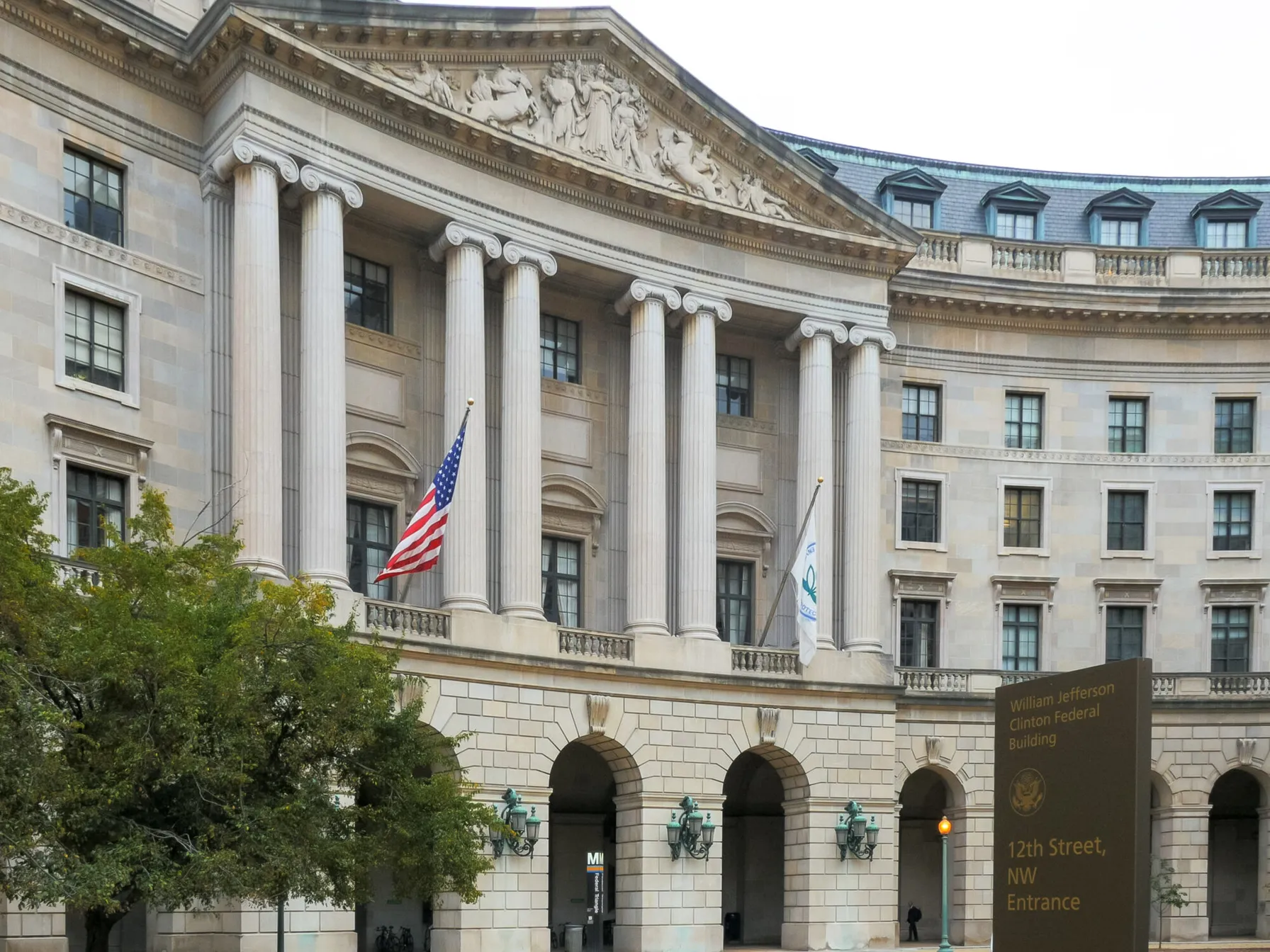
TSCA Section 8(a)(7) PFAS Reporting and Recordkeeping
mai 30, 2025
L’EPA a accordé une prolongation de huit mois pour les exigences de déclaration et de tenue de registres de la Toxic Substances Control Act (TSCA) pour les substances perfluoroalkyliques et polyfluoroalkyliques (SPFA).

TRC’s Webinar On-Demand ART-PFAS Technology
mai 7, 2025
TRC’s Liz Denly and Dan Weed are panelists for this webinar on PFAS due diligence in higher risk properties, this session will highlight consumer products and manufacturing.
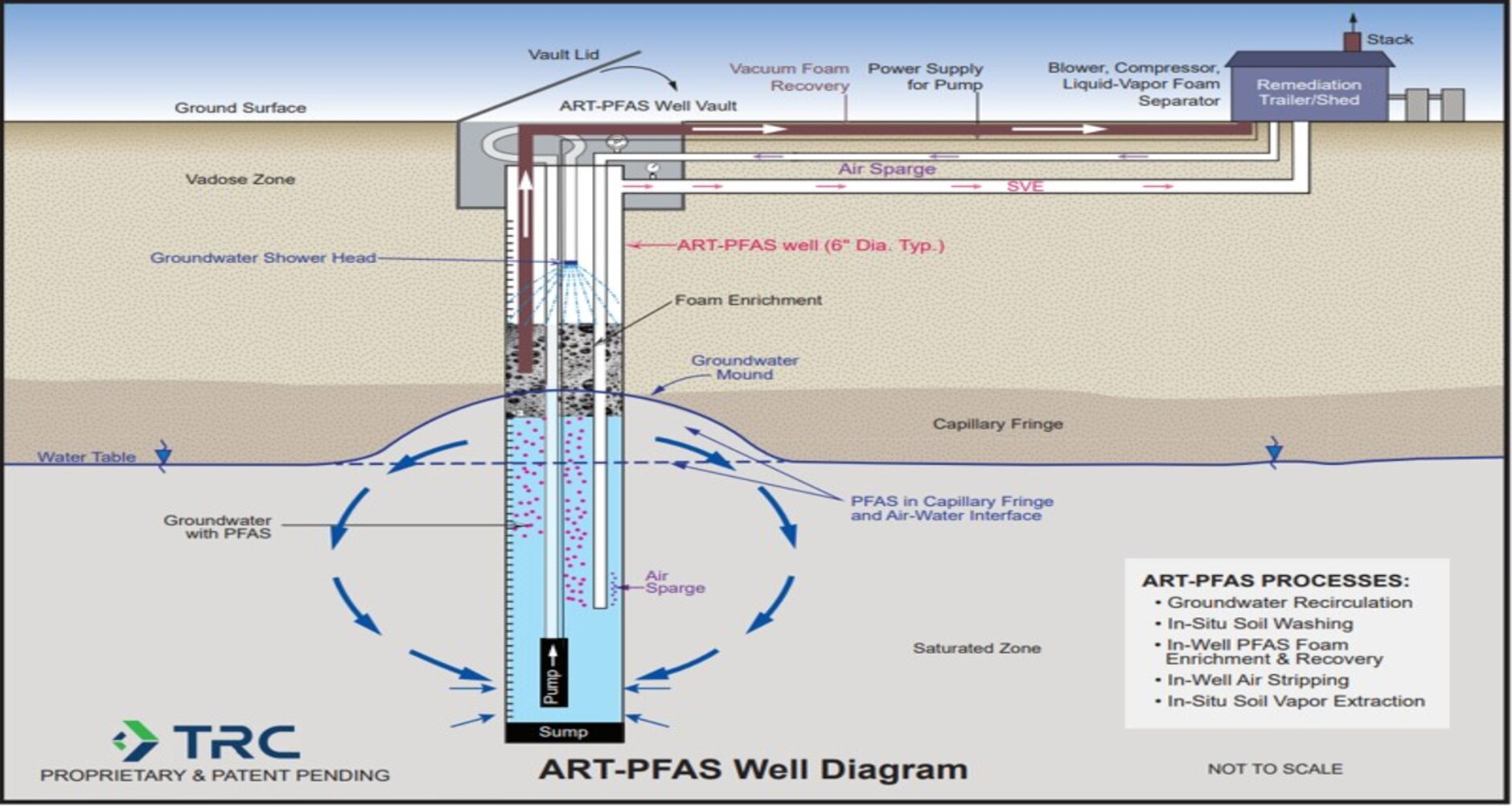
Percées novatrices dans l’assainissement in situ actif des SPFA
septembre 27, 2024
Ne manquez pas la présentation et l’atelier de la CVR à la 40e conférence internationale annuelle de l’AEHS sur les sols, les sédiments, l’eau et l’énergie
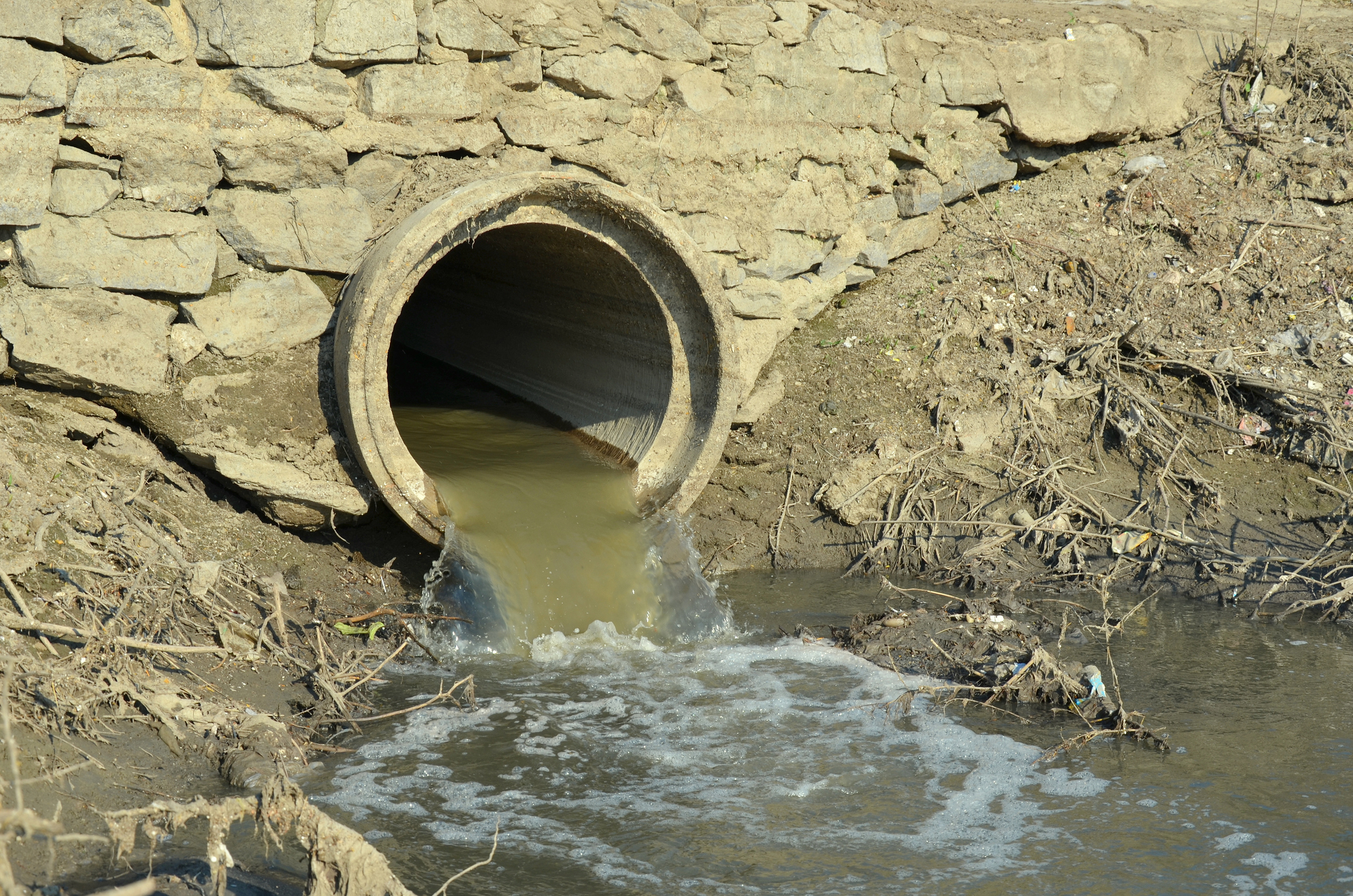
Comprendre les modifications apportées à la TSCA de 2024 pour les sites contenant des BPC
août 30, 2024
Les biphényles polychlorés (BPC) sont des produits chimiques organiques synthétiques composés d’atomes de carbone, d’hydrogène et de chlore sur le cycle biphényle.

TRC fait l’acquisition de Paustenbach & Associates, un chef de file en toxicologie, en science de l’exposition et en évaluation des risques
août 27, 2024
Paustenbach & Associates élargira les capacités de TRC dans les domaines de l’évaluation des risques pour la santé et du soutien aux litiges.
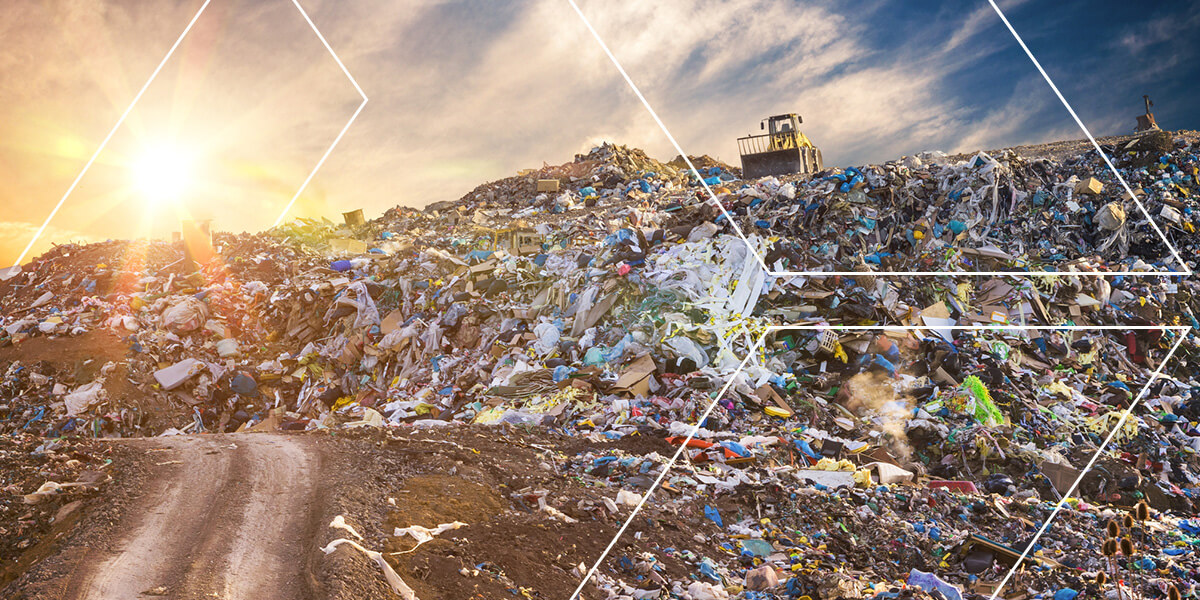
How to Reduce the Risk of PFAS Exposure
août 3, 2024
Per- and polyfluoroalkyl substances (PFAS) consist of nearly 3,000 different chemicals. The various chemicals can adversely affect human health and the environment.
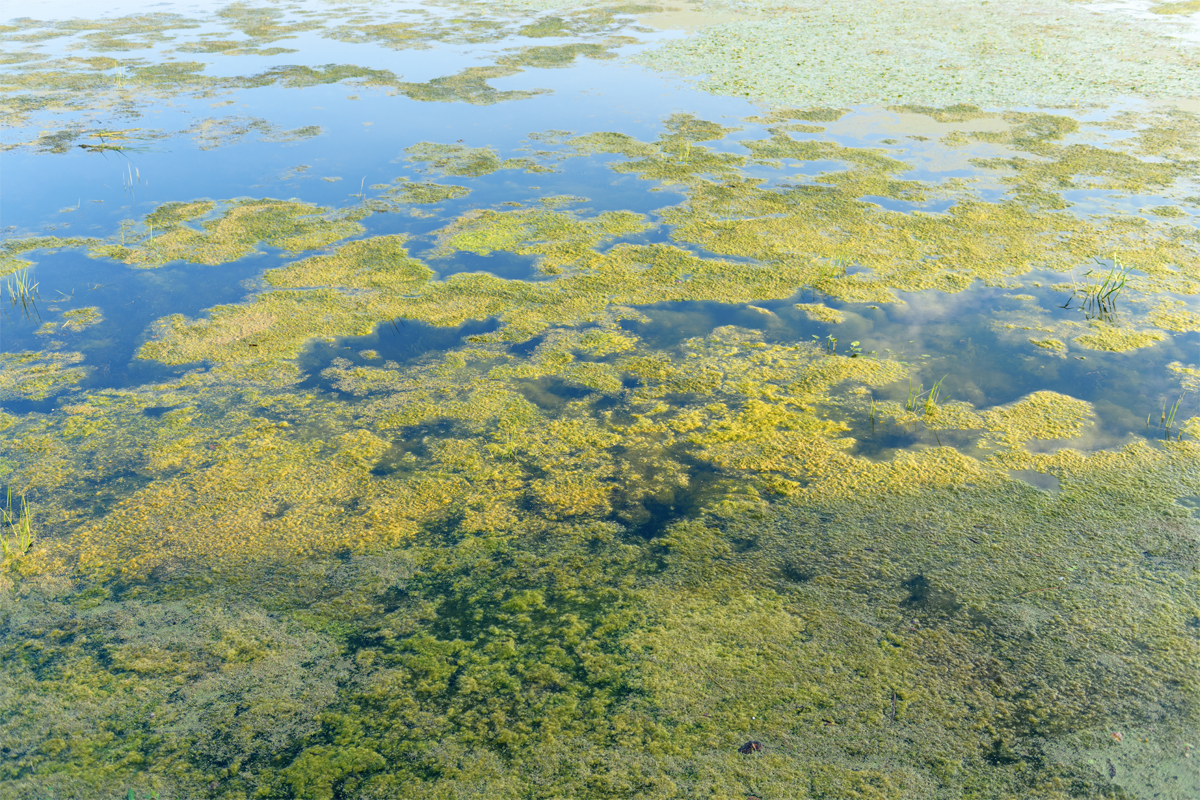
Gestion de la prolifération d’algues nuisibles (HAB)
août 2, 2024
Renseignez-vous sur les répercussions des proliférations d’algues nuisibles et sur les déclencheurs réglementaires connexes pour la déclaration, l’orientation et l’action.
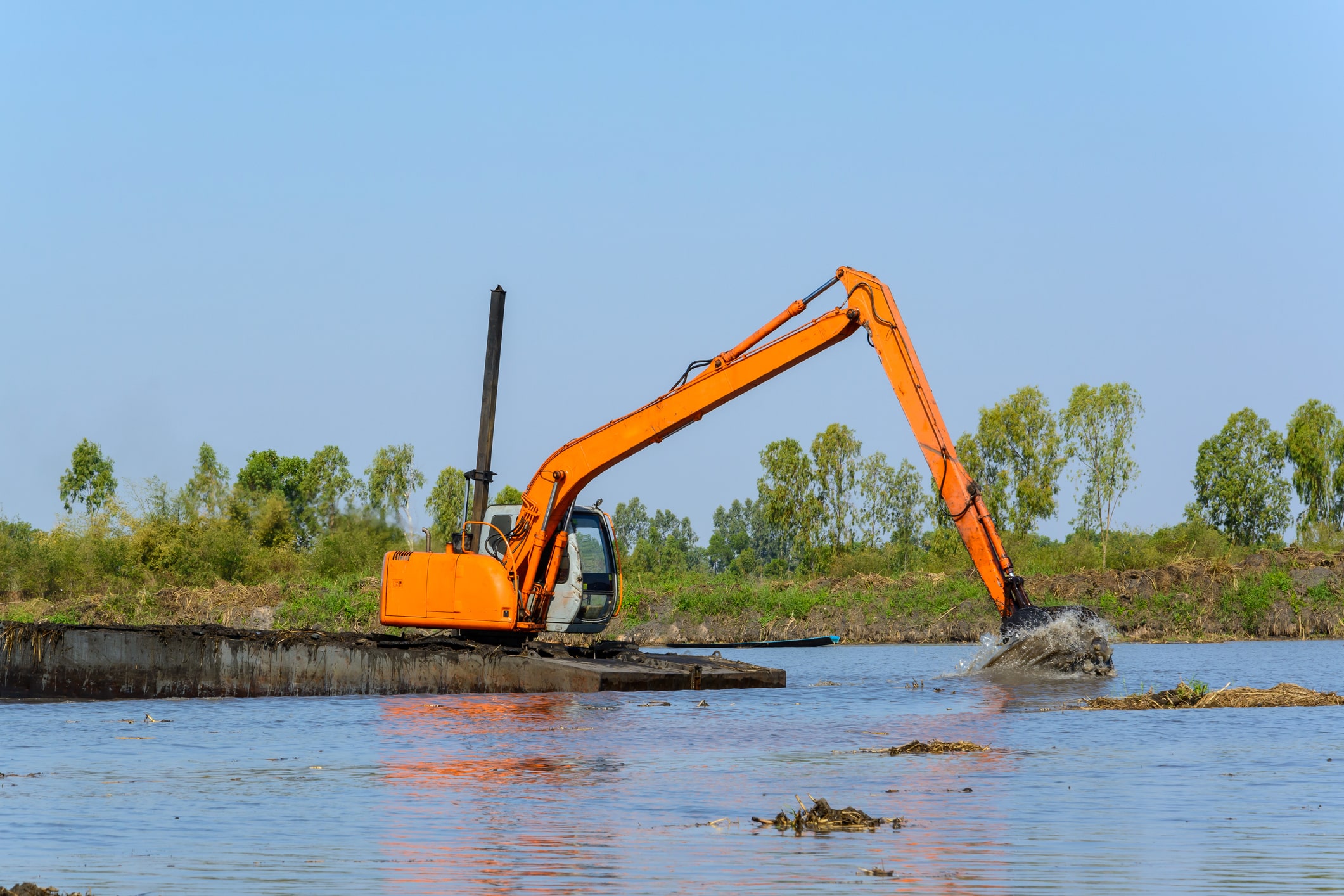
Traitement des SPFA pour permettre l’utilisation bénéfique des sédiments dragués touchés
juillet 18, 2024
Environ 200 à 300 millions de verges cubes de sédiments sont draguées chaque année par le US Army Corps of Engineers (USACE) et d’autres intérêts fédéraux (USEPA, 2007).

À venir à vous rapidement – Les dernières nouvelles sur rcra et PFAS Règlements
mars 1, 2024
L’EPA a publié son projet de règle pour l’inscription de SPFA spécifiques en tant que constituants dangereux en vertu de la Loi sur la conservation et la récupération des ressources (RCRA).
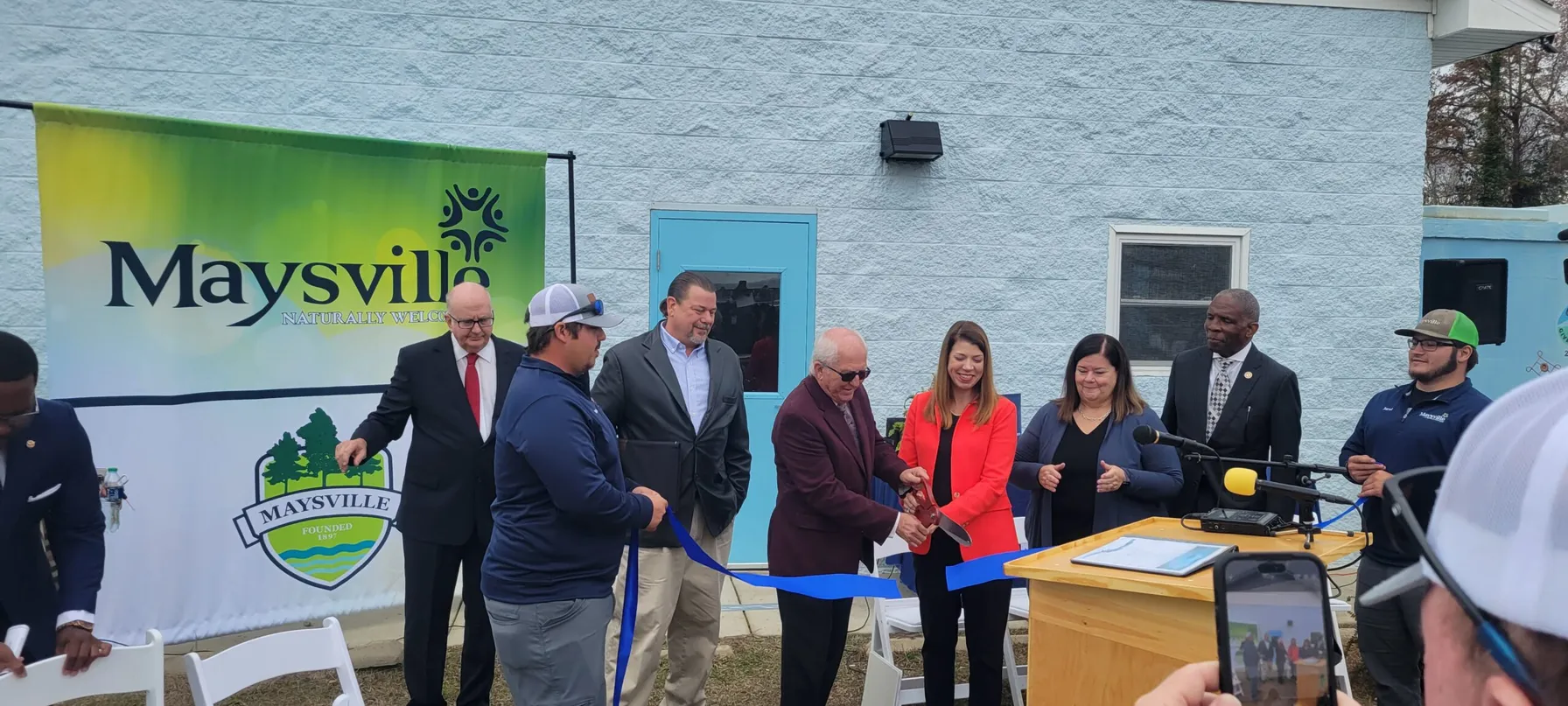
TRC aide une petite ville à rétablir l’approvisionnement en eau potable
février 13, 2024
Maysville s’est tourné vers TRC, une société mondiale de conseil, d’ingénierie et de gestion de la construction de premier plan, pour obtenir de l’aide.
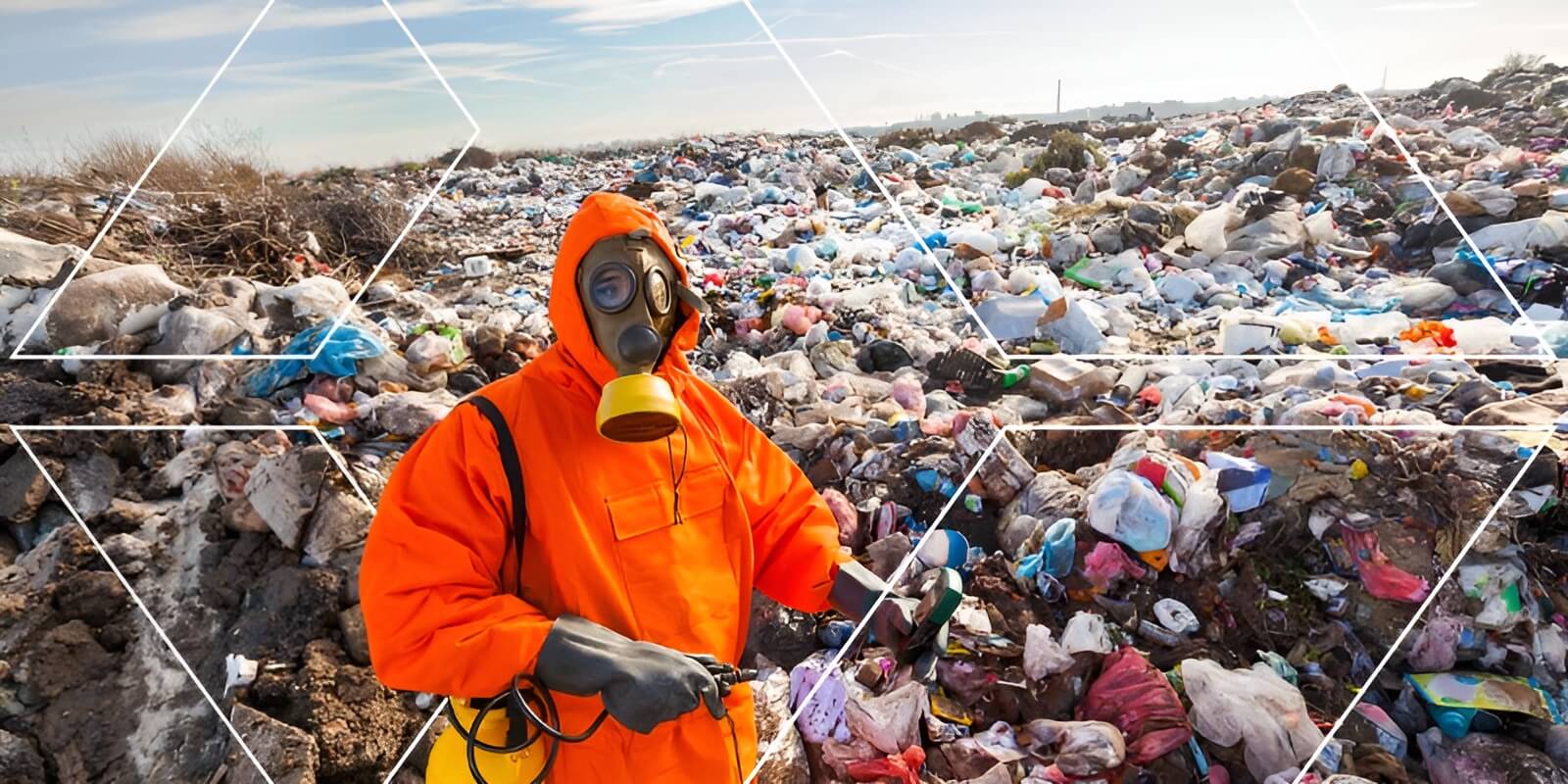
Les effets des SPFA sur la santé humaine
février 1, 2024
Il est essentiel de comprendre ce que les SPFA font au corps, car elles peuvent nuire à la santé humaine. Apprenez-en plus sur les effets des SPFA sur la santé avec les sociétés TRC dès aujourd’hui.

Défis associés au transport atmosphérique des SPFA
janvier 12, 2024
La présence de SPFA dans l’air pose de multiples défis en ce qui concerne l’identification des sources, les méthodes d’analyse et la façon de gérer les émissions atmosphériques en tant que préoccupation potentielle pour la santé.

La nouvelle règle de l’EPA a une incidence sur la déclaration des PFAS TRI et les notifications aux fournisseurs
novembre 20, 2023
Ce que les installations touchées doivent savoir au sujet de l’applicabilité, des changements apportés aux rapports et des échéances

L’importance des SPFA dans l’atmosphère
novembre 13, 2023
Comprendre les préoccupations et se préparer aux problèmes potentiels

Validation des données par rapport aux évaluations de la convivialité des données
octobre 19, 2023
La collecte de données environnementales est un processus qui comprend diverses étapes et phases

EPA Proposes Changes to Air Emissions Reporting Requirements (AERR)
août 30, 2023
The EPA is proposing updates to their Air Emissions Reporting Requirements (AERR) through amendments to 40 CFR Parts 2 and 51.
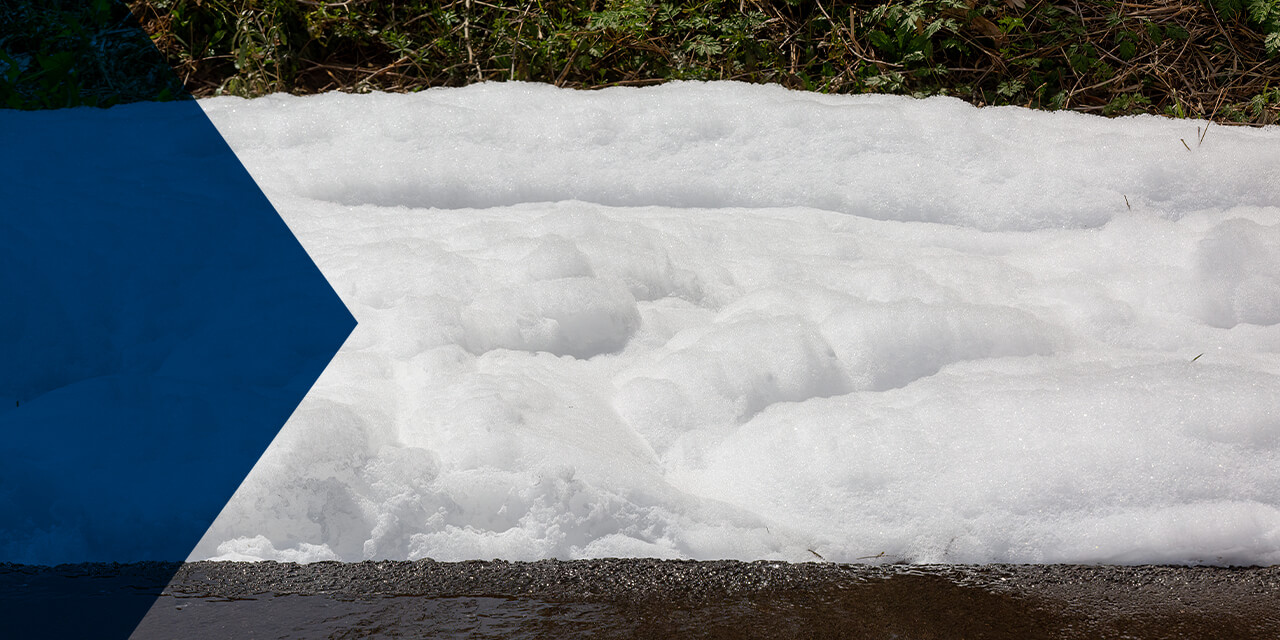
How Does PFAS Contamination Impact the Environment?
août 11, 2023
PFAS are widely used in the production of numerous products. Some PFAS chemicals are the by-product of manufacturing processes. As a result, PFAS contamination is widespread, with PFAS being found nearly everywhere in the world.

Keeping Up With PFAS Regulatory Updates
août 1, 2023
Since the early 2000s, the United States Environmental Protection Agency (EPA) has implemented regulations to reduce PFAS exposure and protect public health.

Identifying EHS Risks and Providing Solutions During Due Diligence
juillet 28, 2023
Due diligence is a comprehensive and systematic investigation or research process conducted to assess the merits, risks and potential of a business opportunity or investment.
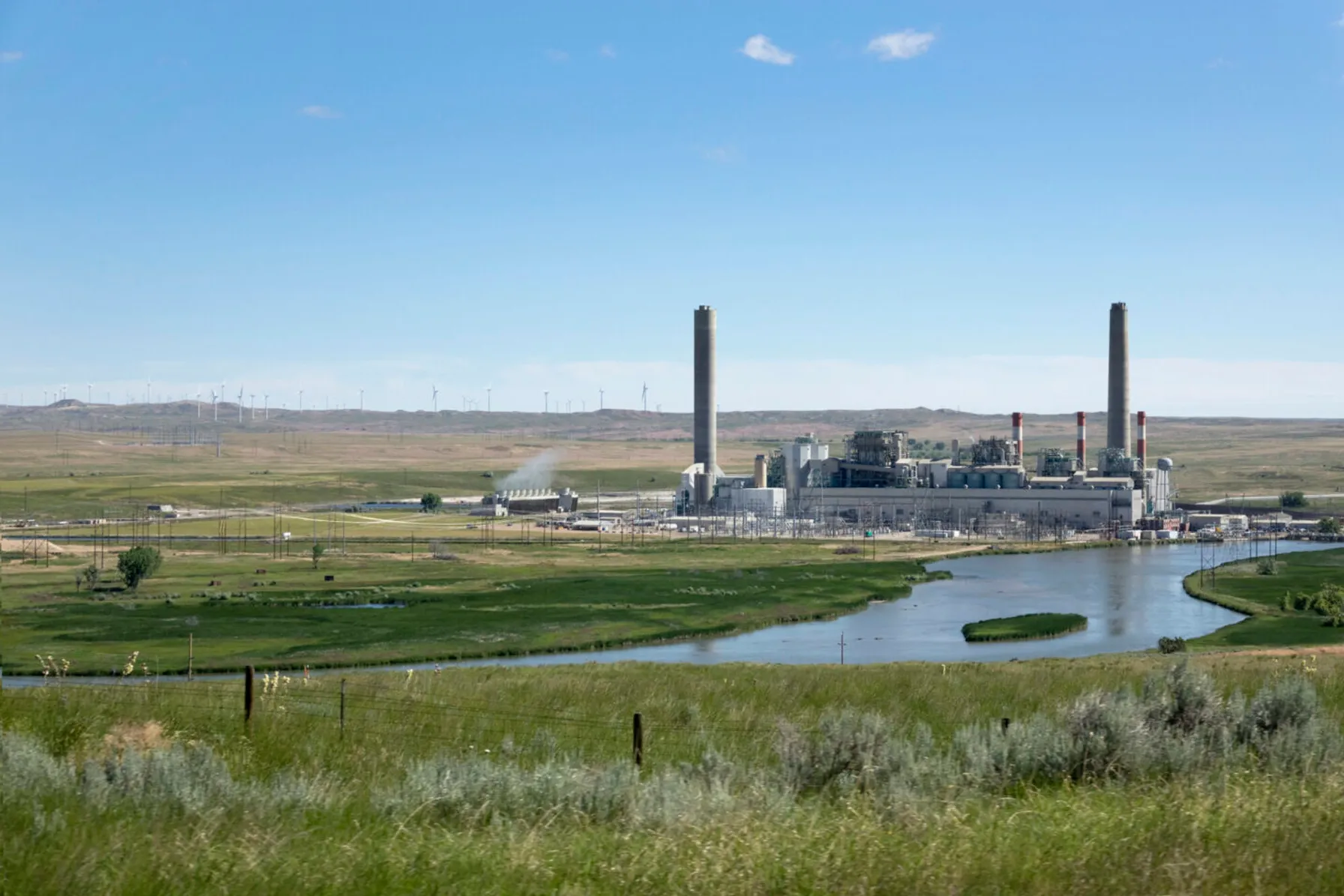
Air Quality Services
juillet 28, 2023
TRC is a leader in providing comprehensive air services to help clients achieve compliance and sustainability goals.

PFAS Reporting Requirements
juillet 25, 2023
PFAS are found in consumer products worldwide, including nonstick cookware, firefighting foams, cosmetics, personal care products and cleaning solutions.

Understanding Microplastics in Sediments
juillet 21, 2023
The accumulation of plastic pollution in the environment has rapidly increased in recent decades. Microplastics (MP) are very small pieces of plastic that come from a variety of sources.

California Advances Plastic Packaging Law
juillet 7, 2023
As rulemaking deadlines and compliance timeframes approach, how will your organization be impacted?

Helping Airports Identify and Mitigate PFAS Risks
mai 30, 2023
This white paper focuses on some unique strategies and situations we have encountered at some airport sites.
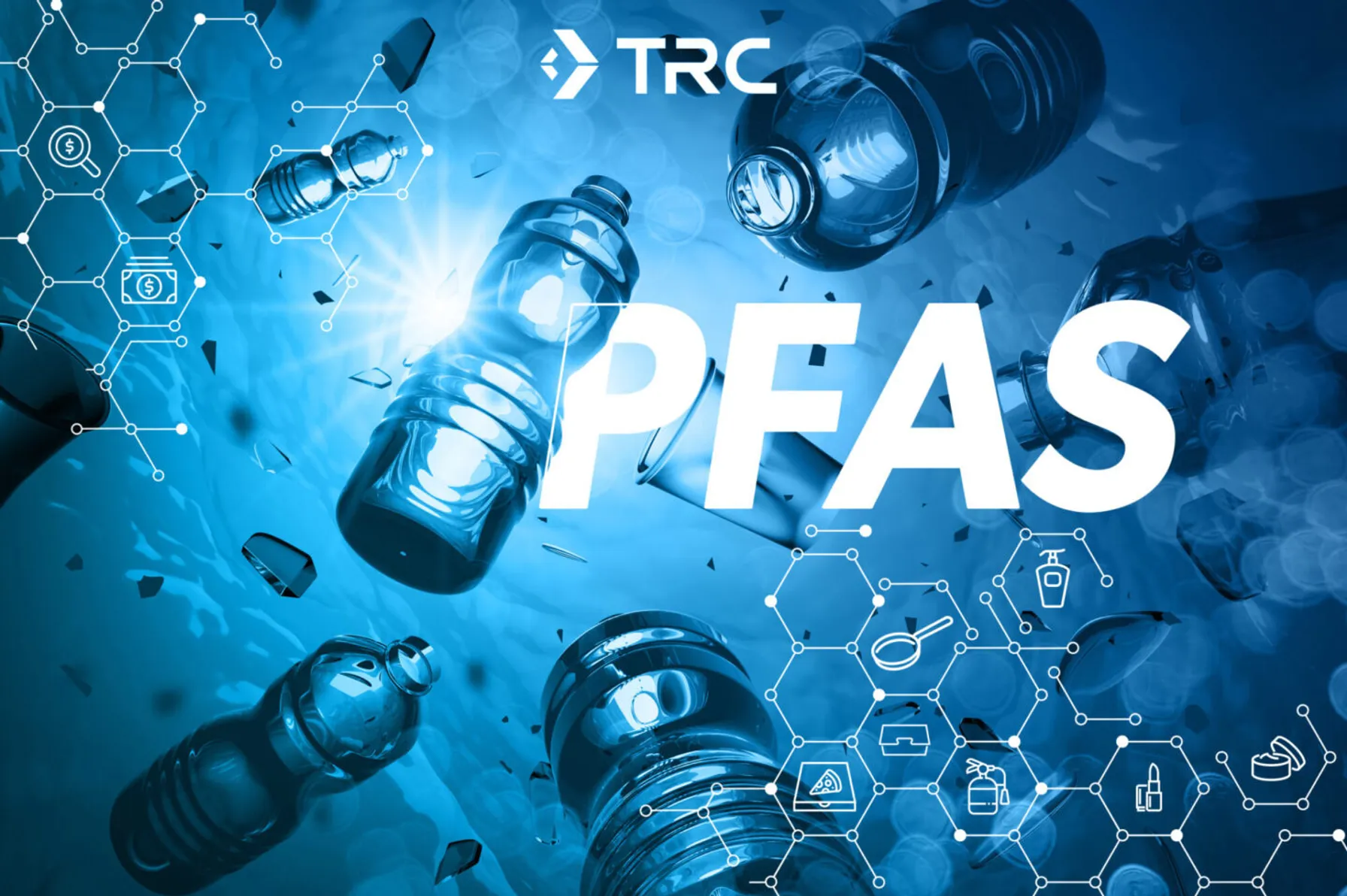
PFAS Regulatory Landscape
mai 3, 2023
This presentation describes PFAS regulations across the U.S., EPA Health Advisories and Regional Screening Levels (RSLs) and various Federal Laws that regulate PFAS in some form.

EPA Finds Trichloroethylene Presents Unreasonable Risk in Final Risk Evaluation
avril 6, 2023
On Jan 9, 2023, the United States Environmental Protection Agency (EPA) revised the Toxic Substance Control Act (TSCA) to reflect a new risk determination for trichloroethylene (TCE).

Utilisation proposée d’un indice de danger pour le Règlement national sur l’eau potable primaire (NPDWR) sur les SPFA
avril 4, 2023
La LCM et la MCLG proposées pour les quatre SPFA, LE PFNA, le PFHxS, le GenX et le PFBS considèrent leur toxicité comme additif. L’EPA a proposé un IH de 1,0 en tant que MCL et MCLG pour les quatre SPFA combinés.

PFAS Groundwater Sampling
mars 28, 2023
Per- and Poly-fluoroalkyl substances are a diverse group of man-made chemicals and are becoming an increasing environmental concern.

Proposed MCLGs and MCLs for PFAS
mars 15, 2023
Final Regulatory Determination for Contaminants on the Fourth Drinking Water Contaminant Candidate List

QA and Chemistry Services
février 23, 2023
TRC offers many QA and Chemistry services including data usability assessments, limited and full data validation reports, quality assurance project plan preparation, selection of appropriate analytical methodologies and laboratory audits.
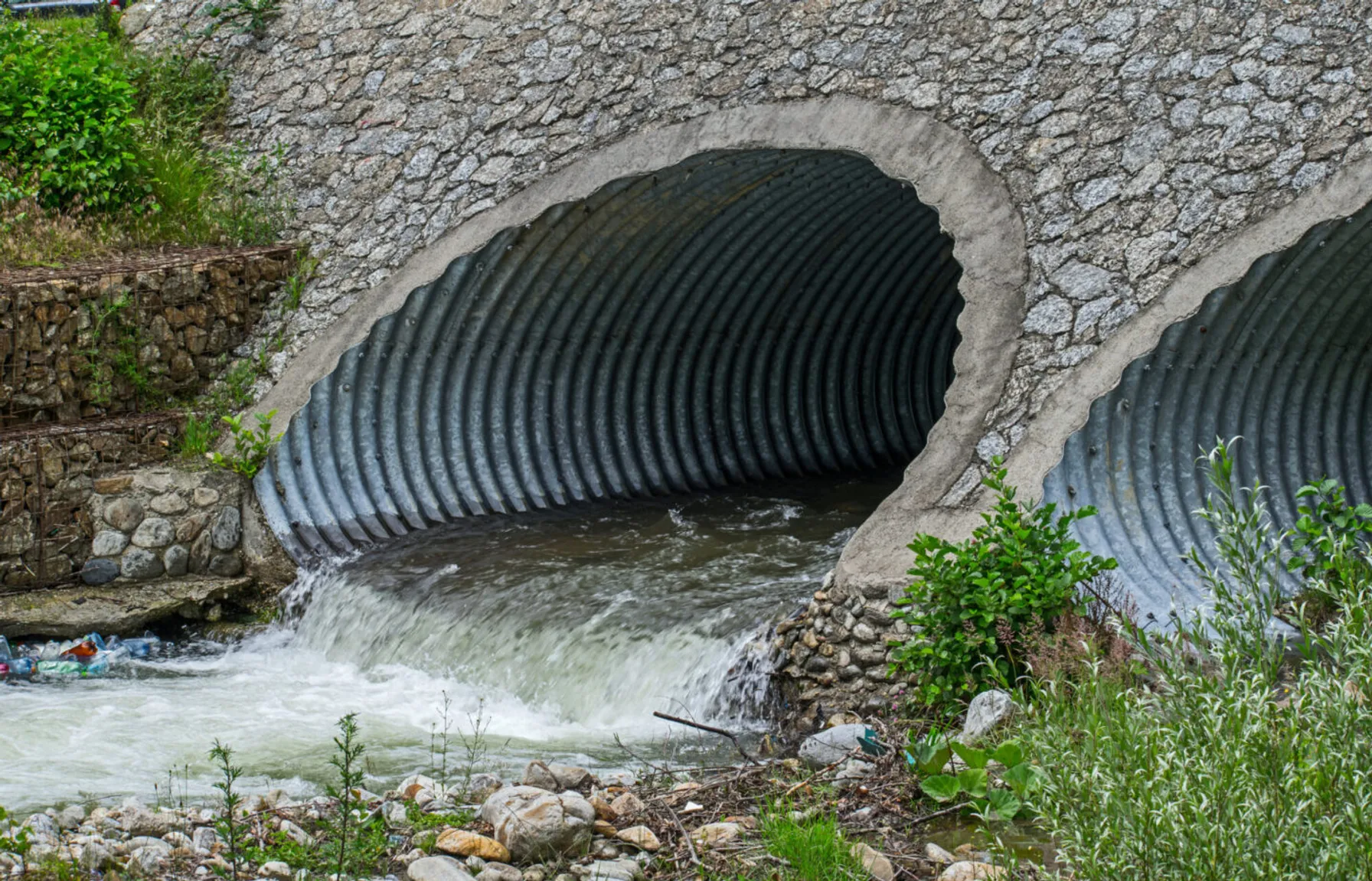
PFAS Fate and Transport
février 23, 2023
Understanding PFAS properties and behavior is key to effective detection and remediation.

PFAS Fate and Transport: Conceptual Site Models
février 23, 2023
The conceptual site model describes site-specific sources, release and transport mechanisms, exposure media, exposure points, exposure pathways and routes and potential human and/or ecological receptor populations.

PFAS: Data Collection and Analysis Part 2
février 23, 2023
There are many PFAS-related challenges, such as changing regulations, toxicology, fate and transport, analytical methods, remediation, public perception and more.

PFAS: Sampling and Analysis Part 1
février 23, 2023
Sampling and analysis of Per- and poly-fluoroalkyl substances (PFAS) requires specific techniques and analytical tools to ensure data quality.

EPA Announces $2 Billion in Funding to Address Emerging Contaminants in Drinking Water
février 14, 2023
Environmental Protection Agency Administrator Michael Regan announced $2 Billion in infrastructure funding to help the nation’s rural water supplies.
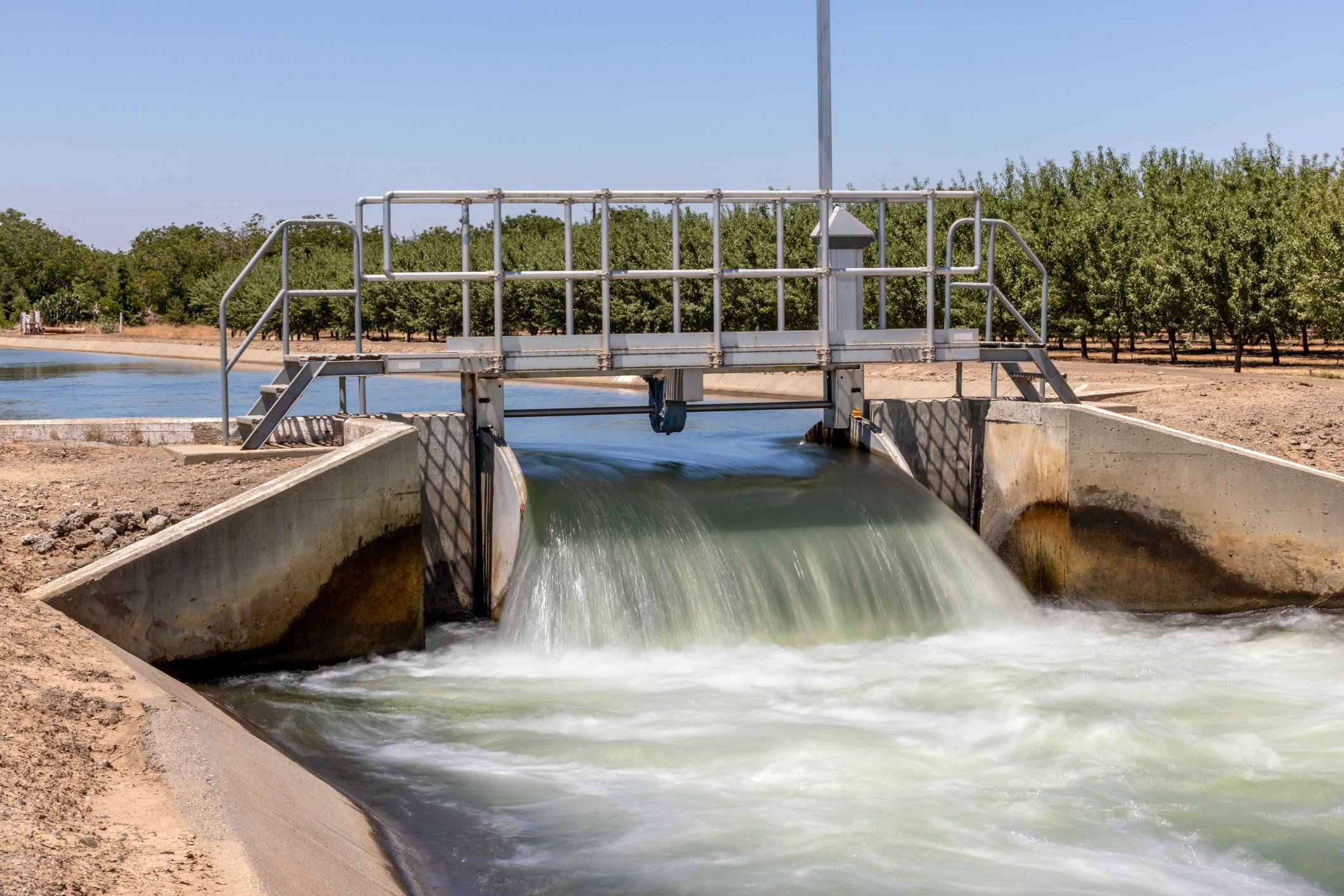
EPA Publishes Effluent Guidelines Program Plan 15
février 14, 2023
The EPA announced updated effluent limitations guidelines under Plan 15, focusing on the evaluation and rulemaking process for per- and polyfluoroalkyl substances (PFAS) discharges.
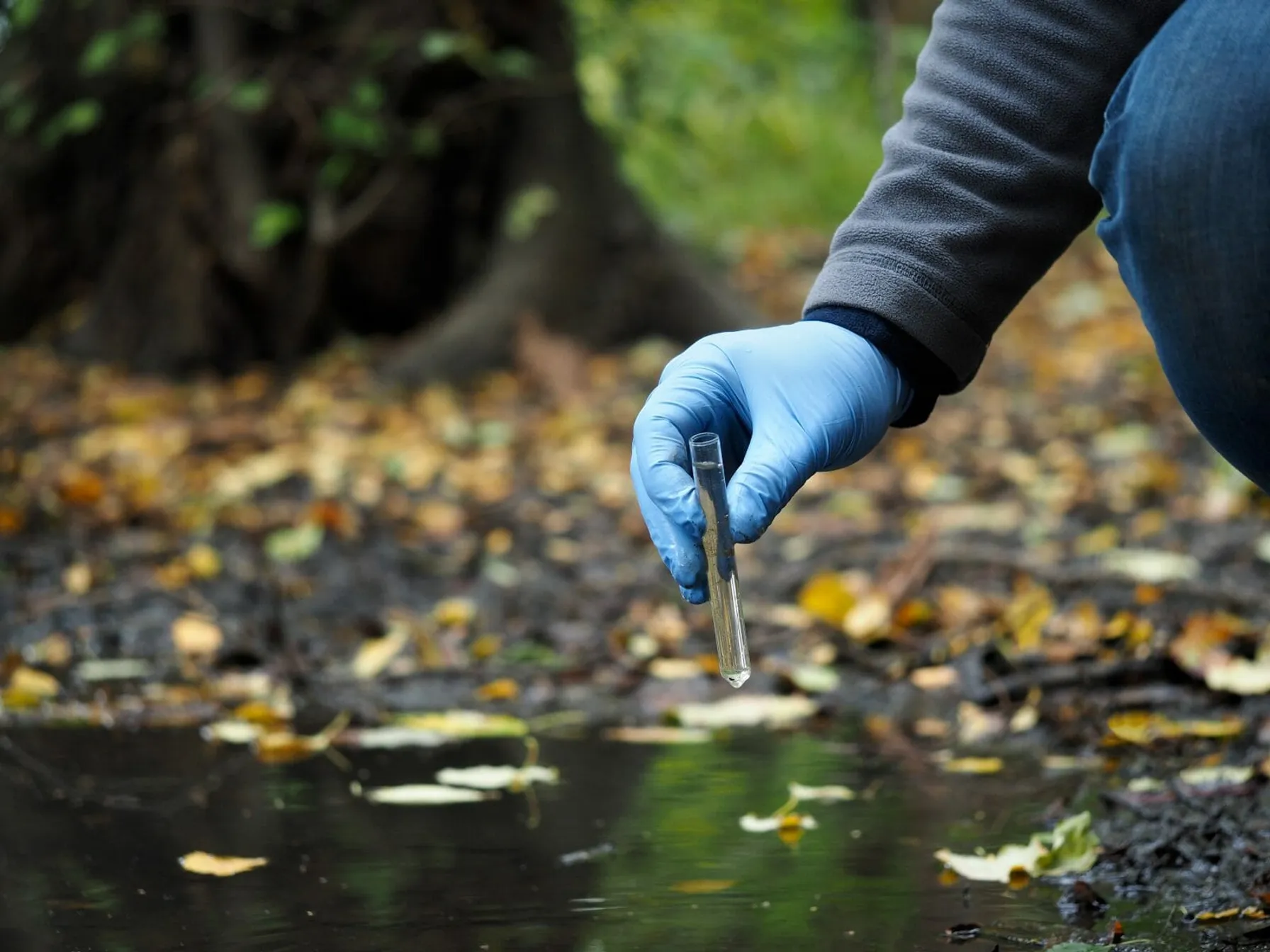
PFAS: Remedial Approaches
février 8, 2023
Remediating Per- and poly-fluoroalkyl substances (PFAS) from the soil and water requires effective techniques and innovative technologies. TRC’s experts are well versed in several remediation strategies intended to remove PFAS and prevent re-exposure.

PFAS in Air: The Basics
février 8, 2023
Per- and poly-fluoroalkyl substances (PFAS) are a group of synthetic chemicals resistant to heat, water and oil. PFAS are widely detected in air as well as water and soil.

TRI PFAS Reporting Requirements Continue to Expand
janvier 25, 2023
The list of PFAS for TRI reporting has increased to a total of 189 for reporting year 2023.

Emerging Contaminants- Microplastics, HABs and Cannabis
janvier 9, 2023
Microplastics, harmful algal blooms (HABs) and cannabis/hemp can present health and safety concerns.

Chlorinated Solvents 101
janvier 9, 2023
Chlorinated solvents are present in industrial chemicals and can post risks to the environment and human health.

PFAS on the Move: Fate and Transport in Sediment
janvier 3, 2023
PFAS tend to sorb to sediment particles and organic matter, which settle at the bottom of a waterbody, creating a reservoir of PFAS that can cycle in the environment for decades.

Equipment Decontamination and Replacement of Legacy Aqueous Film Forming Foams
Décembre 21, 2022
Legacy AFFF used for firefighting are a significant source of PFAS in the environment. With current and expected regulation, many entities are looking for replacements.
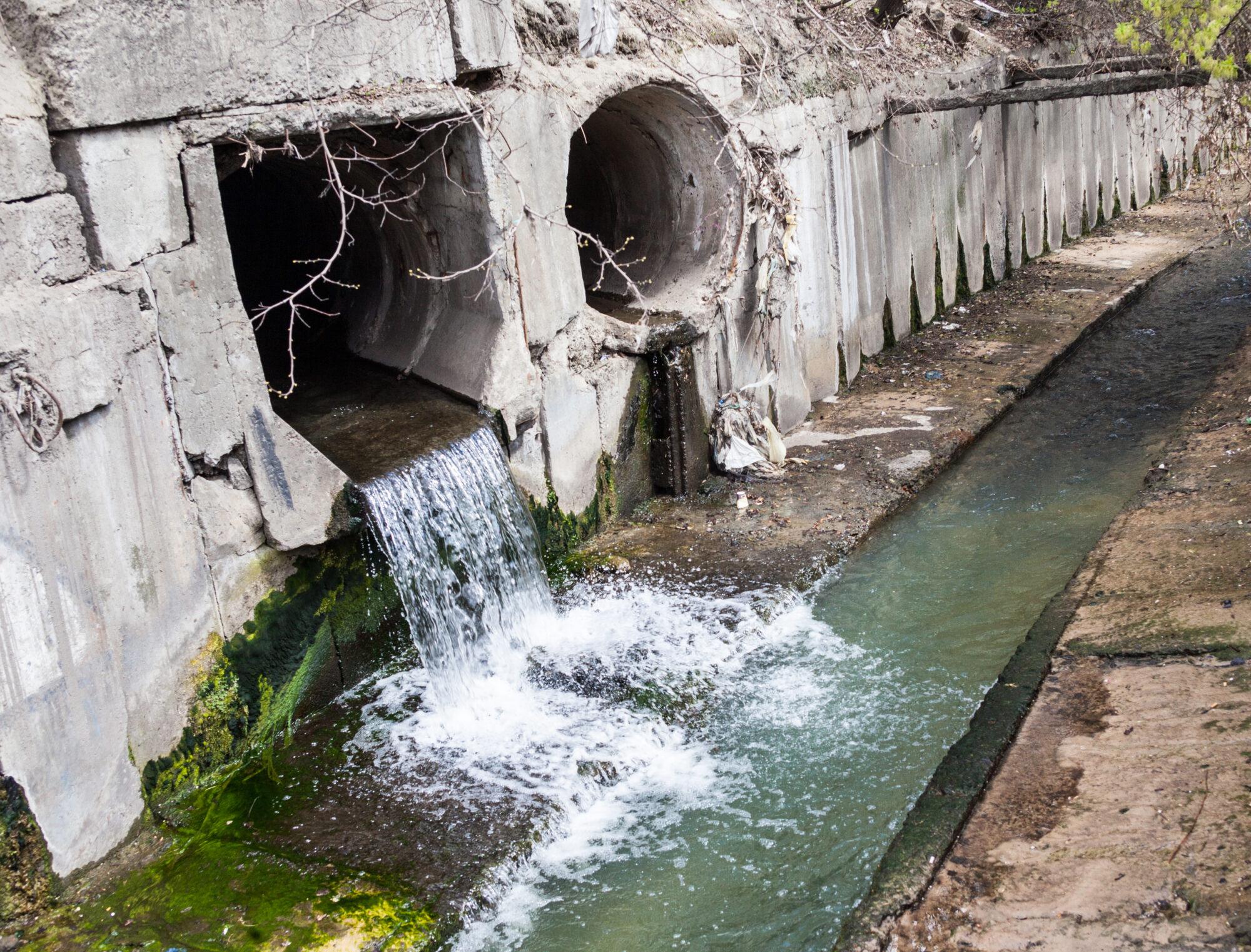
PFAS Discharges in NPDES Permits
Décembre 19, 2022
In a follow-up to the EPA Office of Water’s April 28, 2022 memo, EPA released “Part 2″, providing guidance for the NPDES permitting/pretreatment program as it relates to restricting discharges of PFAS to water bodies.

PFAS: The Basics
Décembre 14, 2022
Per- and poly-fluoroalkyl substances (PFAS) are a group of synthetic chemicals resistant to heat, water and oil. These persistent chemicals have been found to be ubiquitous toxins in our environment.

Petroleum Hydrocarbons 101
Décembre 14, 2022
This presentation defines petroleum hydrocarbons and covers the range of products and constituents that comprise petroleum hydrocarbons.

Advanced NAPL Site Characterization Tools
Décembre 14, 2022
Advanced NAPL site characterization tools can improve site understanding and remediation performance.
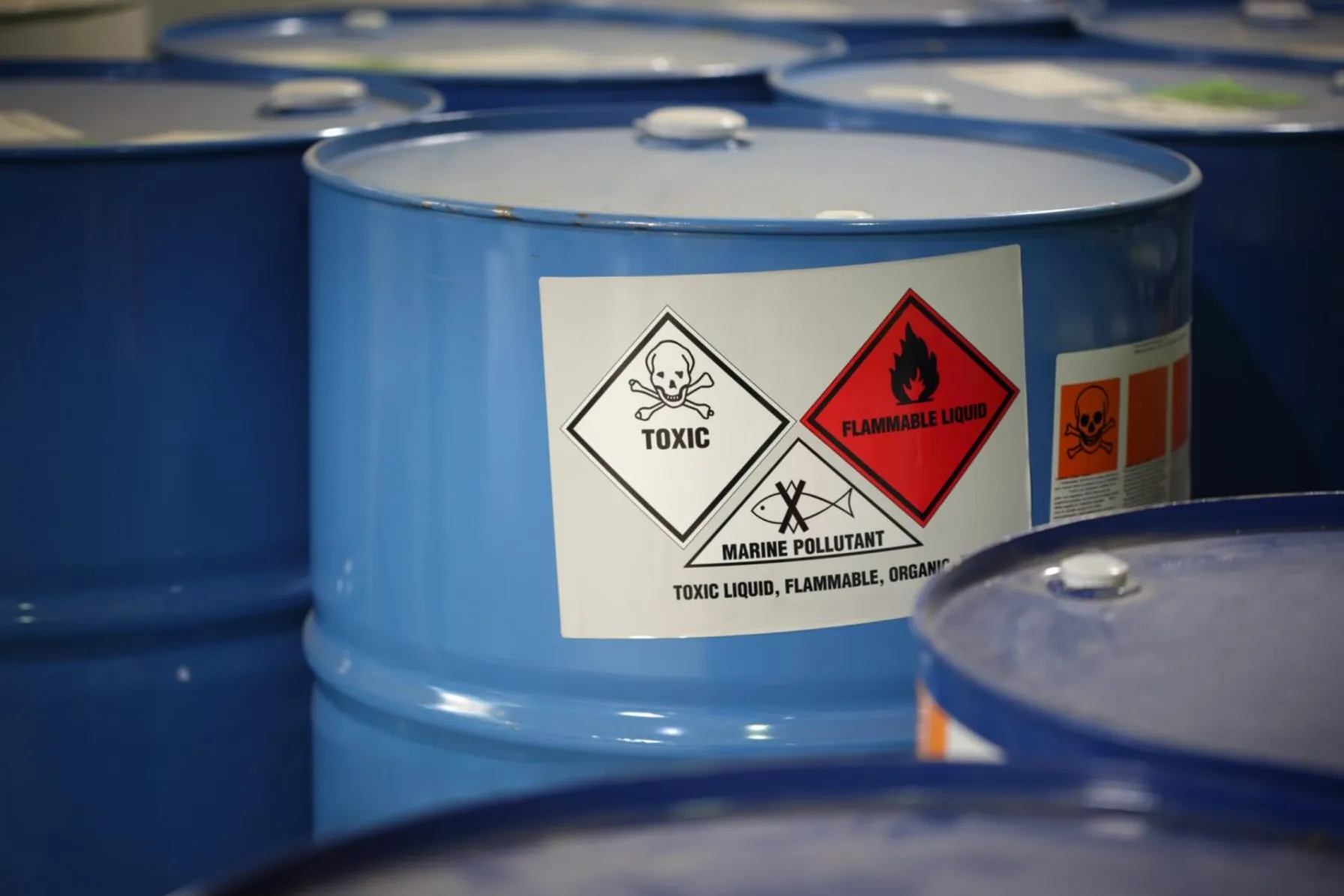
What is TSCA and Why Should I Care?
Décembre 1, 2022
This presentation provides a historical background on TSCA, regulatory requirements, regulated industries and regulated substances.

Washington State Establishes PFAS Cleanup Levels
septembre 21, 2022
The Washington State Department of Ecology (Ecology) recently published a list of 6 PFAS compounds that now have soil and groundwater cleanup levels

New National Emerging Contaminants Research Initiative
septembre 12, 2022
The Executive Office of the President of the United States announced a National Emerging Contaminant Research Initiative

EPA Issues Proposed Rule Designating PFOA and PFOS as Hazardous Substances
septembre 7, 2022
The EPA has issued a pre-publication version of a proposed rule to designate two PFAS compounds as hazardous substances under CERCLA.

EPA PFAS Strategic Roadmap: Where Are We?
août 3, 2022
In 2021, the United States Environmental Protection Agency (EPA) announced the Agency’s PFAS Strategic Roadmap.

PFAS Forensics – Identify the Source of PFAS
juillet 8, 2022
Forensics and source identification is necessary to detect the unique PFAS chemical signatures

Five New PFAS Added to EPA Regional Screening Levels (RSLs)
juin 24, 2022
EPA announced the addition of five new PFAS to the list of Regional Screening Levels (RSLs)

EPA Announces Updated Drinking Water Health Advisories for Four PFAS Chemicals: PFOS, PFOA, PFBS, & GenX
juin 24, 2022
On June 15, 2022, the EPA released updated Health Advisory Levels for four per- and polyfluoroalkyl substances (PFAS) in drinking water
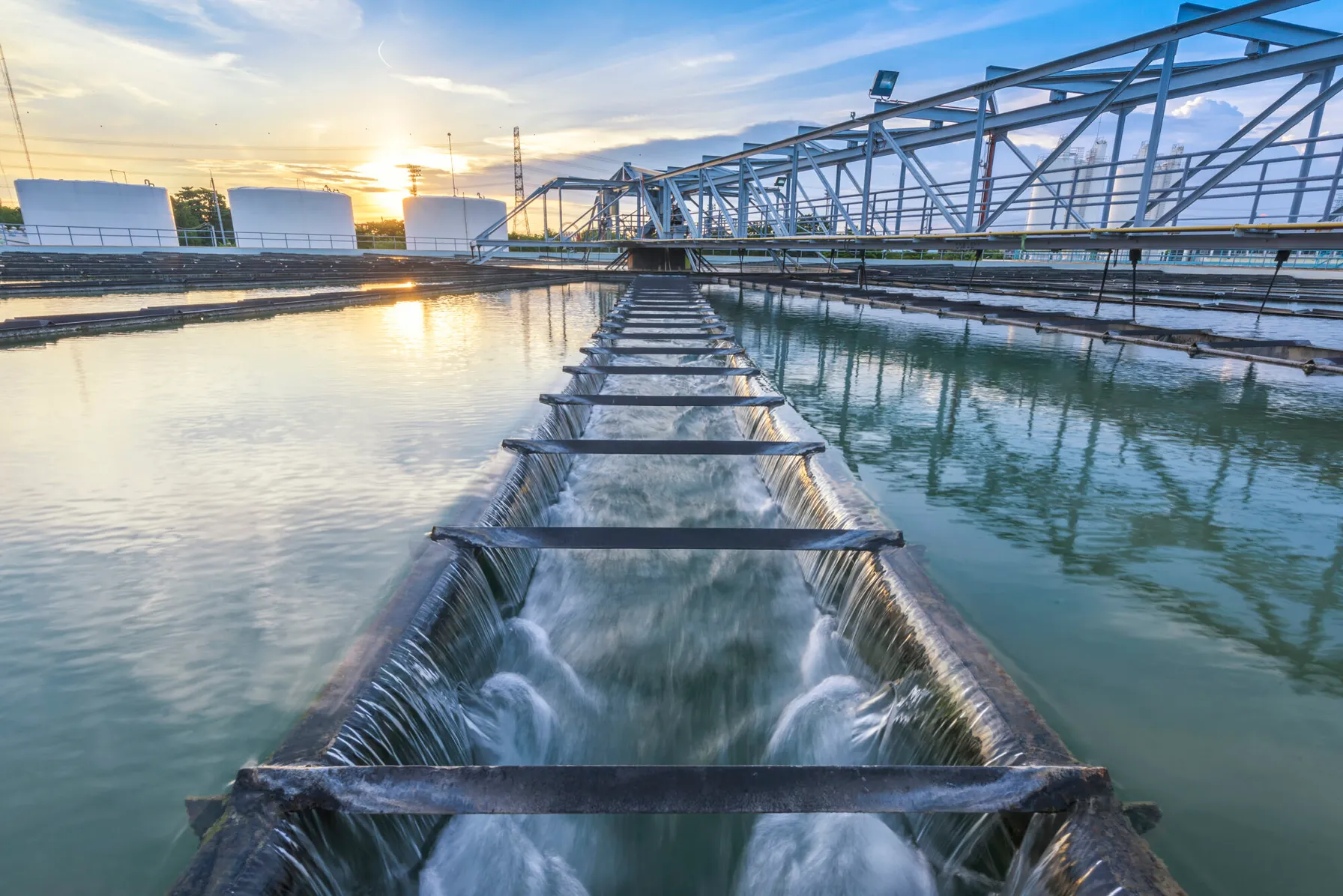
Integrating Sustainability, Digital Connectivity and Design Optimization in Wastewater Treatment Systems
juin 20, 2022
Some organizations rarely think about water and wastewater treatment, until there is a problem. American industry depends on the ability to treat wastewater discharges while complying with regulatory standards and addressing emerging contaminants. If wastewater treatment fails, our environment is negatively impacted, and companies are exposed to shutdowns, delays and fines.

Webinar Reply: Minnesota’s PFAS Monitoring Plan
juin 13, 2022
Minnesota’s PFAS Monitoring Plan: Other Test Method (OTM) 45 for Measuring PFAS Air Emissions

Worst Case Discharges of Hazardous Substances – Proposed Rule
mai 25, 2022
In compliance with the Clean Water Act (CWA), the U.S. Environmental Protection Agency (EPA) recently proposed a new rule for onshore non-transportation-related facilities requiring specified facilities to plan for worst case discharges (WCDs) of CWA hazardous substances that could cause substantial harm to the environment.
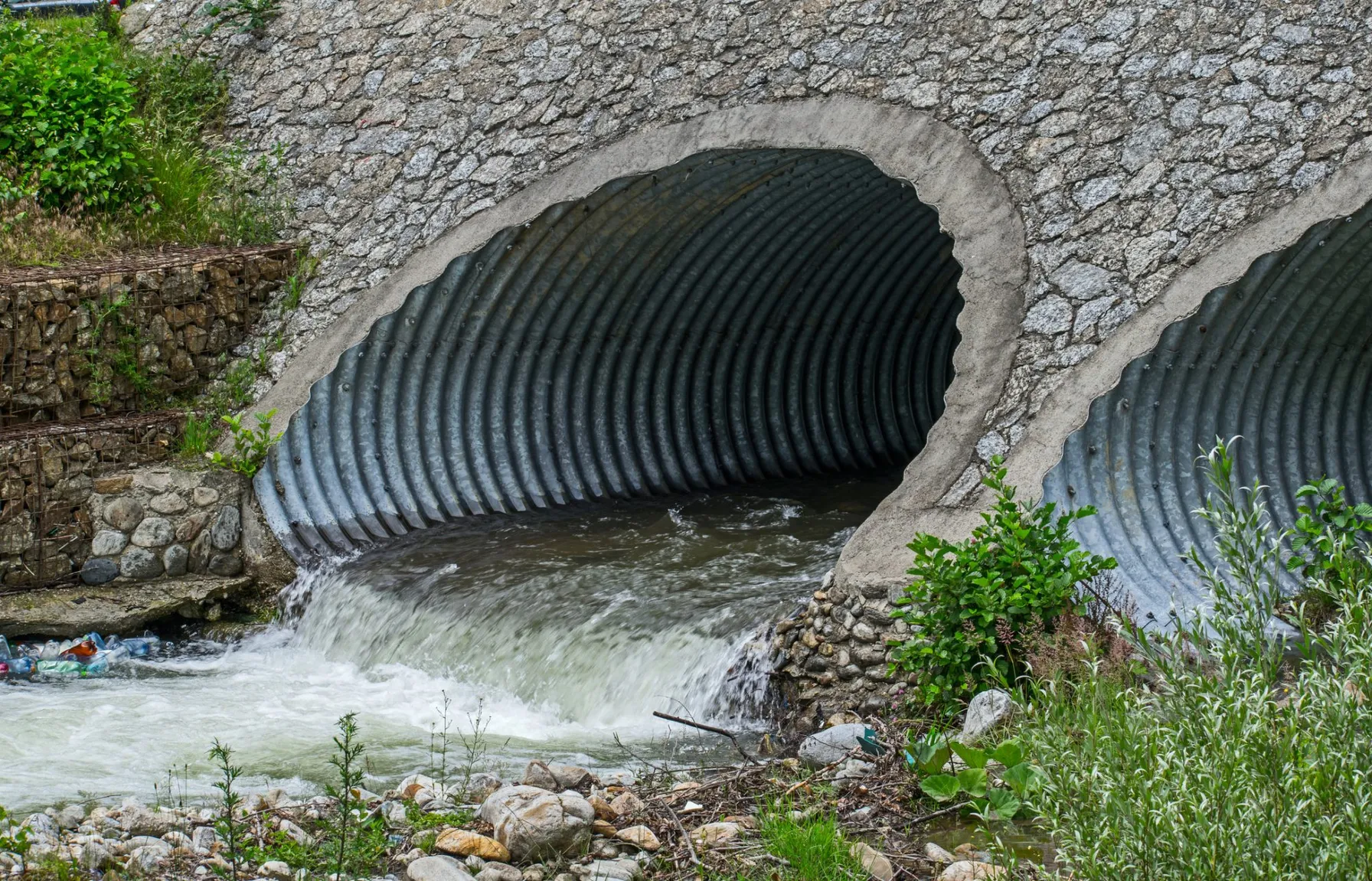
PFAS Discharges and NPDES Permits
mai 25, 2022
On April 28, 2022, the U.S. Environmental Protection Agency’s (EPA) Office of Water released a memo addressing the use of National Pollutant Discharge Elimination System (NPDES) permits to restrict per- and poly-fluoroalkyl substances (PFAS) discharges to water bodies.

EPA Proposes Aquatic Life Criteria for PFOA and PFOS
mai 25, 2022
On May 3, 2022, under the Clean Water Act (CWA), the United States Environmental Protection Agency (USEPA) proposed the first aquatic life criteria for both short-term and long-term toxic effects from Perfluorooctanoic Acid (PFOA) and Perfluorooctane Sulfonic Acid (PFOS).

SEC Releases New Proposed Rules Requiring Public Companies to Disclose Climate Risks
avril 12, 2022
On March 21, 2022, the U.S. Securities and Exchange Commission (SEC) issued its proposed rules for The Enhancement and Standardization of Climate-Related Disclosures for Investors which would require public companies in the U.S. to disclose information in their annual financial reports.
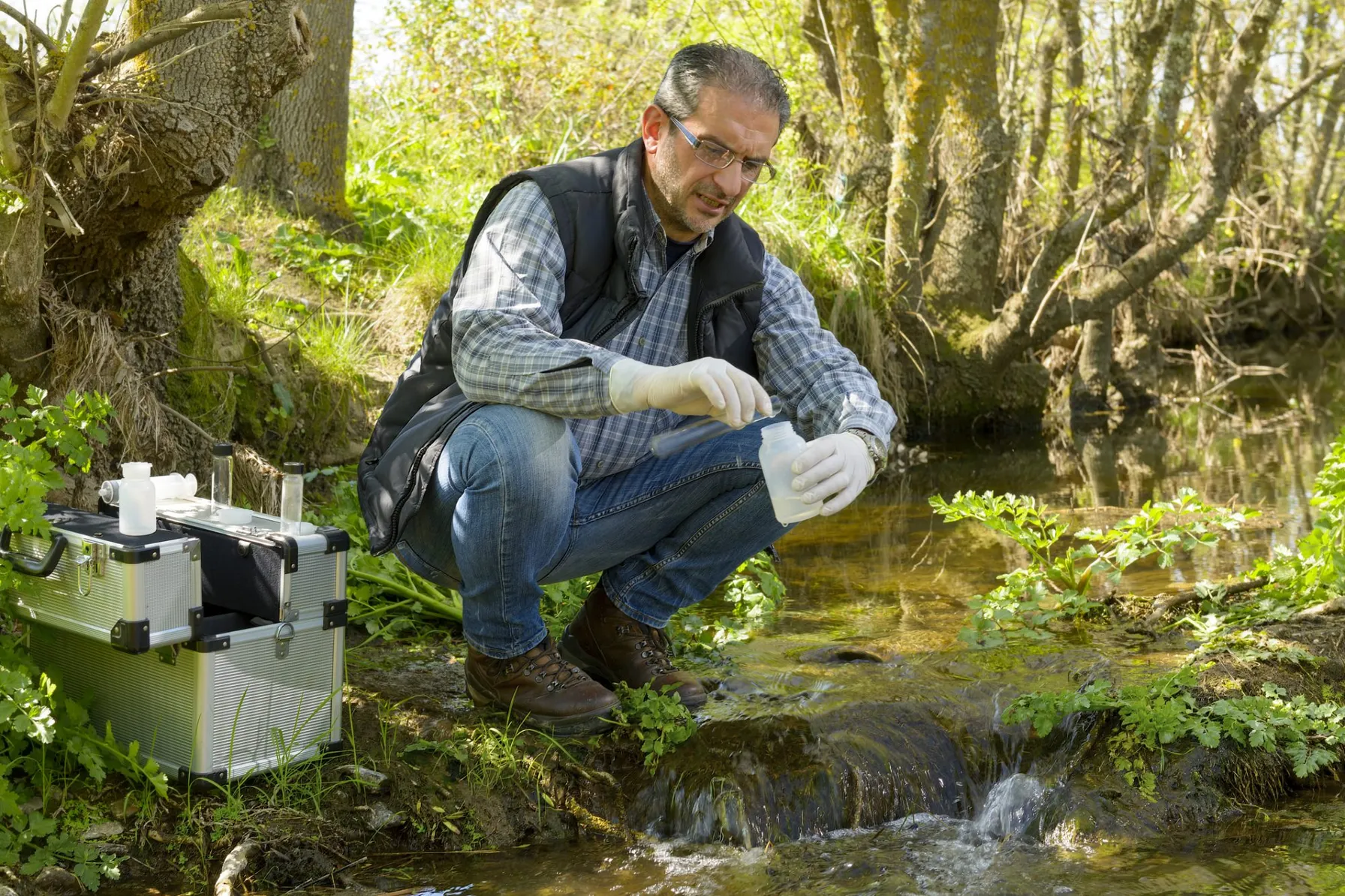
Per‐ and Polyfluoroalkyl Substances in Environmental Sampling Products: Fact or Fiction?
mars 29, 2022
Can per‐ and polyfluoroalkyl substances (PFAS) be transferred from the common field and other commercial products during sampling?

Evaluation of the Effects of PFAS Soil Adsorption and Transformation
mars 29, 2022
A study to to evaluate the effect of divalent cations on the adsorption of per- and polyfluoroalkyl substances (PFAS) onto soil particles.

PFAS Experts Symposium 2: An Update on Advances in Chemical Analysis of PFAS
mars 23, 2022
A recap of how the analysis of per‐ and polyfluoroalkyl substances (PFAS) has evolved since the first PFAS Experts Symposium in 2019.

PFAS Experts Symposium: Regulations and Technologies
mars 23, 2022
The scientific, engineering, regulatory, and legal communities assembled for the PFAS Experts Symposium in Arlington, Virginia to discuss issues related to per‐ and polyfluoroalkyl substances (PFAS).

Draft Environmental Protection Agency (EPA) Method 1633: A Data User’s Perspective
mars 15, 2022
A review of Draft EPA Method 1633, Analysis of Per‐and Polyfluoroalkyl Substances (PFAS) in Aqueous, Solid, Biosolids, and Tissue Samples by LC‐MS/MS

PFOA & PFOS As CERCLA Hazardous Substances: What Does This Mean and How Can You Be Prepared?
février 17, 2022
A plan to designate two per- and polyfluoroalkyl substances (PFAS) as “hazardous substances” under CERCLA was recently submitted by the EPA.

New Phase I ESA Standard Will Affect Environmental Due Diligence
janvier 25, 2022
After years of review, revisions and discussions, the new ASTM E1527 Phase I Environmental Site Assessment (Phase I ESA) standard has been published. The new standard includes updates to definitions, clarifications on processes and requirements, and guidance for emerging contaminants.

Fifth Unregulated Contaminant Monitoring Rule Lists 29 PFAS
janvier 21, 2022
EPA published fifth Unregulated Contaminant Monitoring Rule as required every five years and 29 of the 30 contaminants listed are PFAS.

Need help collecting PFAS samples for NJDEP deadline December 15?
octobre 7, 2021
NJDES Category B or L Industrial Permit holders – If you haven’t obtained your first PFAS sample yet, time is running out. All New Jersey Pollutant Discharge Elimination System (NJDES) Category B or L Industrial Permit holders are required by the New Jersey Department of Environmental Projection (NJDEP) to collect two representative effluent samples, taken 30 days apart, to be analyzed for PFAS by an approved laboratory and submitted to them by December 15, 2021.

Interpretation of “Waters of the United States” (WOTUS) Reverts to Pre-2015 Regulatory Definition
septembre 29, 2021
Environmental Protection Agency (EPA) and U.S. Army Corps of Engineers (ACOE) revert to pre-2015 regulatory program definition of “Waters of the United States.”
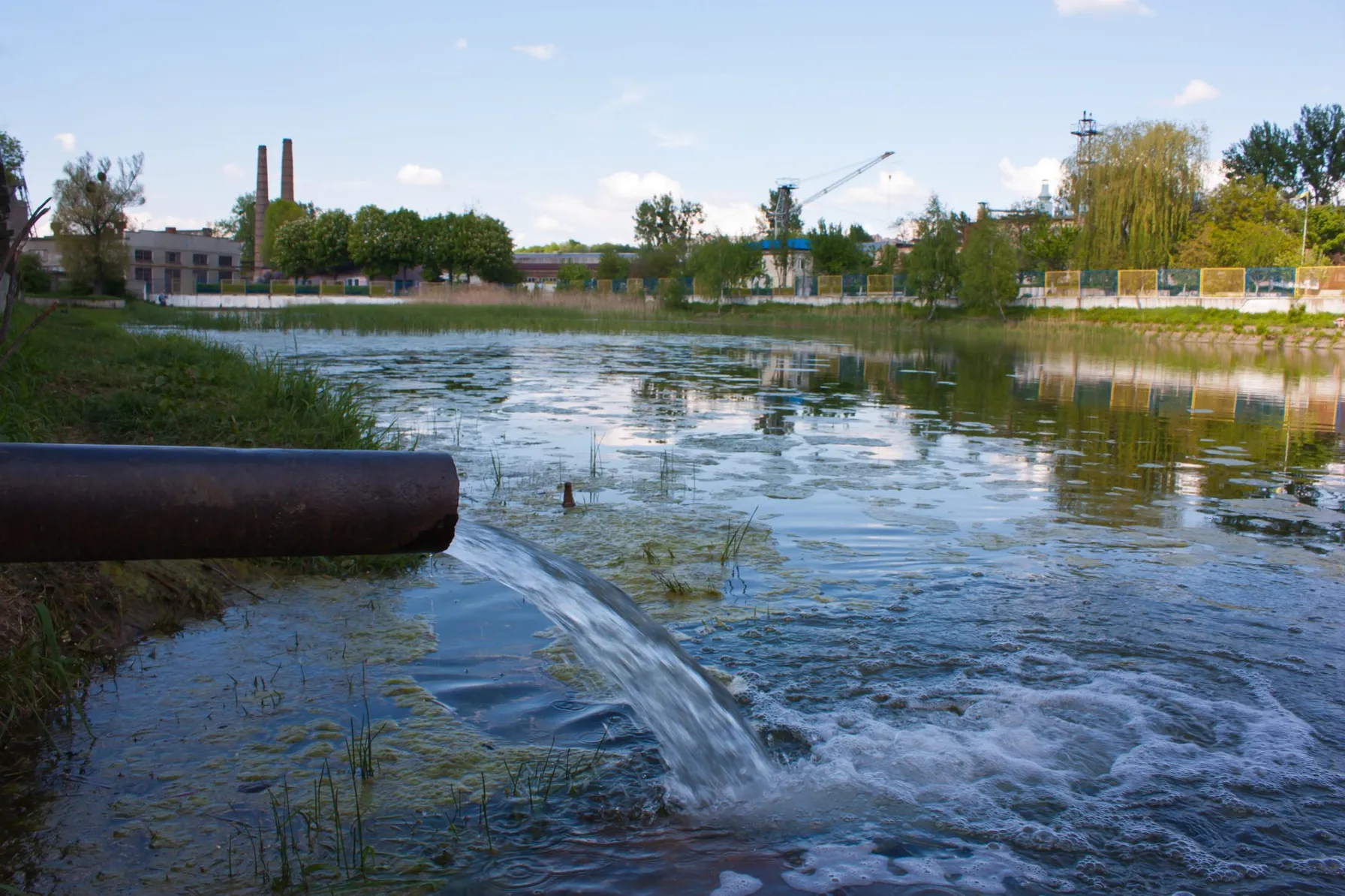
EPA Solicits Comments on PFAS Discharges in Five Point Source Categories
septembre 23, 2021
EPA solicits comments in five point source categories (PSCs) in the manufacture, use, treatment and discharge of PFAS.

PFAS Air Emissions Standards and Trends for Summer 2021
août 17, 2021
Environmental impacts of PFAS in ambient air leads to states implementing PFAS air-related thresholds.

Cryptocurrency: The Environmental Threats and Opportunities
août 9, 2021
Cryptocurrency (also known as crypto) is taking the fintech industry by storm, despite the economic experts who still dismiss it as a viable form of currency. Although often criticized for this volatility, whistleblowers are also further shining a light on the severe toll that these digital currencies are taking on the environment.

TRC Colorado PFAS Regulatory Update
juillet 21, 2021
Update on Colorado’s recent policies and plans to regulate new and historical discharges of per- and polyfluoroalkyl substances (PFAS) into the environment.

2021 EPA TRI Reporting Requirements for Natural Gas Processing Facilities
juillet 12, 2021
Indication EPA finalizing a rule to add natural gas extraction or processing plants to EPCRA Toxics Release Inventory (TRI) reporting.

Implementing bioremediation at environmental cleanup sites: TRC experts weigh in at leading industry conference
mai 17, 2021
TRC experts make several presentations at the Battelle conference about innovative approaches they have developed for implementing and monitoring bioremediation and the use of naturally-occurring or deliberately-introduced micro-organisms to break down environmental pollutants.
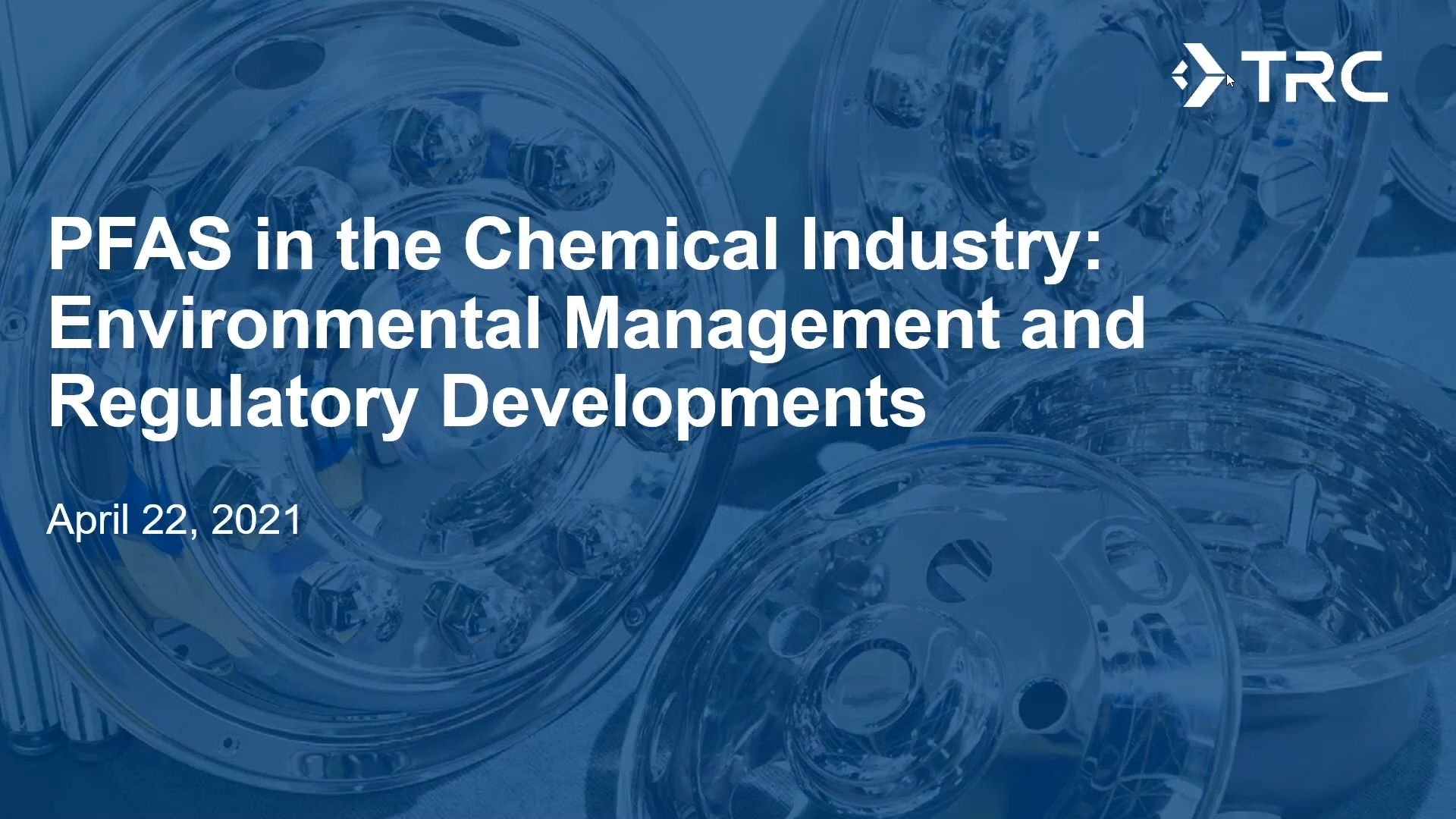
PFAS Compounds & Toxics Release Inventory
avril 26, 2021
The National Defense Authorization Act of 2020 added 172 PFAS compounds to the list of chemicals that must be evaluated for reporting.

PFAS Sampling Advisory on Aqueous Samples
avril 1, 2021
Advisory on collecting aqueous samples (e.g., groundwater, wastewater, stormwater, etc.) for PFAS analysis.

Interim Guidance on Destruction and Disposal of PFAS & Materials Containing PFAS
février 19, 2021
Interim Guidance from EPA identifies 6 materials that use or manufacture PFAS and approaches for disposal.

EPA Issues PFAS Air Emissions Draft Test Method OTM-45
février 5, 2021
First Air Emissions Draft Test for the Measurement of Selected Per- and Polyfluorinated Alkyl Substances from Stationary Sources

Microplastics Fate and Transport
janvier 31, 2021
This presentation discusses the fate and transport of microplastics and provides case studies of microplastic sampling projects.
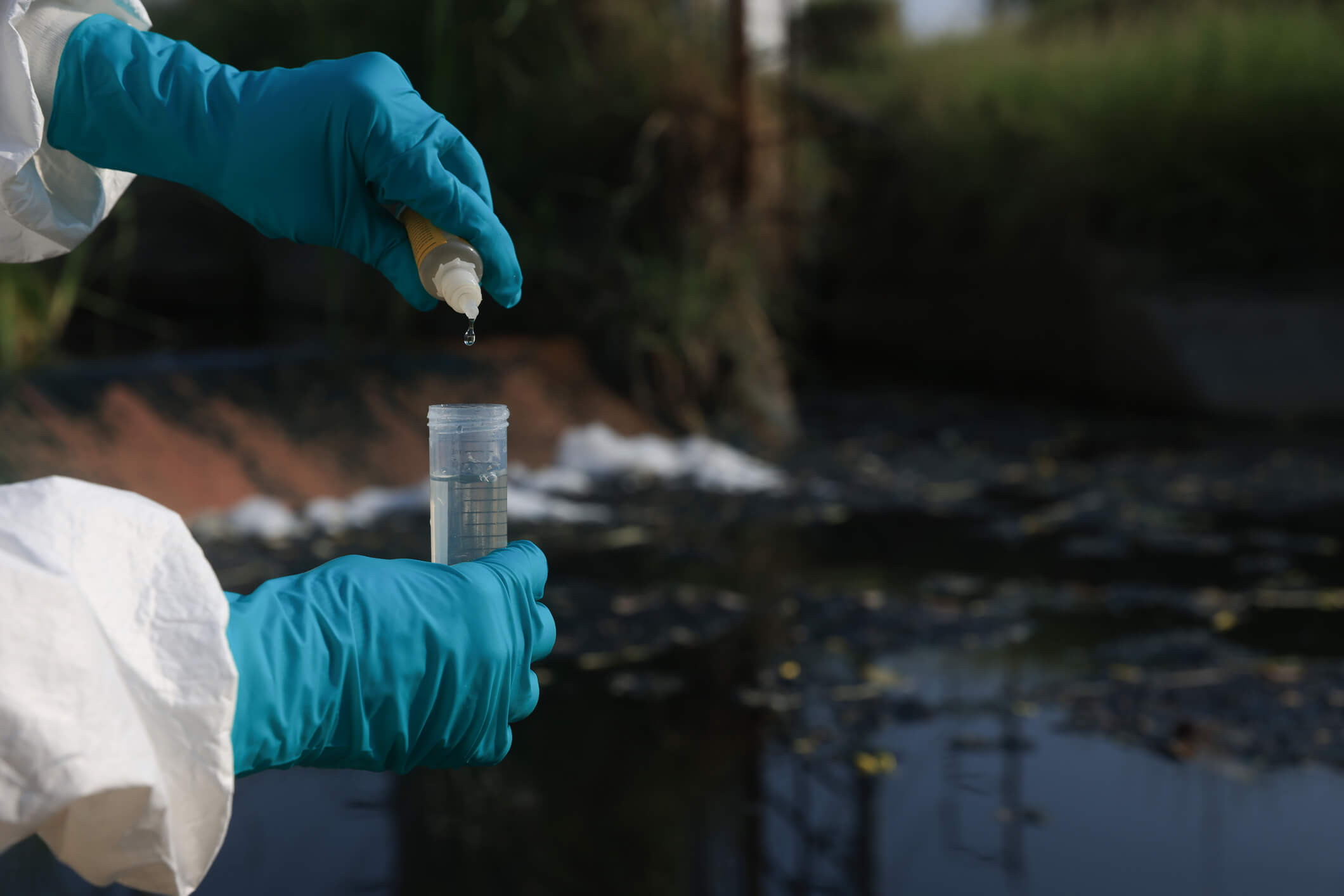
EPA continues to aggressively address PFAS wastewater with two new strategies
janvier 4, 2021
EPA takes steps toward PFAS wastewater and storm water permitting, and analytical methods for testing.

PFAS at Metal-Plating Facilities: Environmental Management and Regulatory Developments
novembre 13, 2020
TRC is a national leader in per- and poly-fluoroalkyl substances (PFAS) characterization, research and technical consulting.

TRC Companies Inc. Acquires 1Source Safety and Health
novembre 11, 2020
TRC Companies (« TRC”), a leading technology-driven provider of end-to-end engineering, consulting and construction management solutions, has acquired 1Source Safety and Health, a firm that provides management consulting services in areas such as indoor air quality, asbestos management, industrial hygiene and safety management systems.

Ecological Risk of PFAS from AFFF-Impacted Sites
juin 30, 2020
The facts on evaluating exposure to wildlife

TRC’s Reporting Tool Can Help Identify New PFAS under the TRI
mai 19, 2020
While utilities often work in technical silos, NERC auditors are trained to cross check compliance evidence and data between interrelated standards.

World Health Organization Examines Danger of Microplastics in Drinking Water
novembre 5, 2019
There’s growing concern that microscopic plastic particles could be having a detrimental effect on drinking water quality.
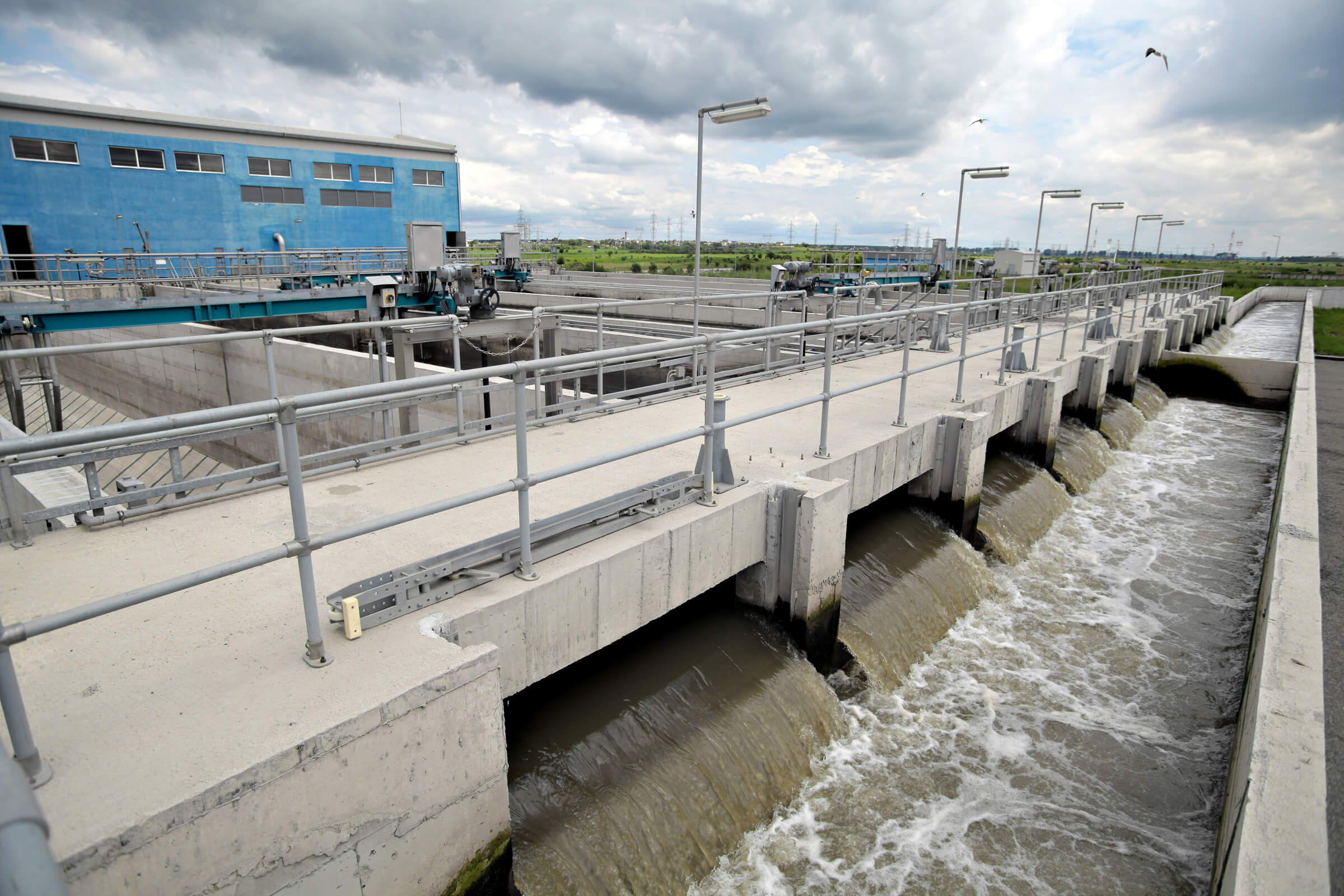
Michigan Steps Up Fight Against PFAS Contamination
mai 8, 2018
Michigan is cracking down on PFAS contamination with a pair of new regulatory actions aimed at protecting the state’s water supply.

Mark Robinson
Mark B. Robinson, PE, CHMM, CPEA is the National Service Leader for Chemical Management and Reporting Services for TRC and is located in the Atlanta area. He has over 30 years in consulting and industry EHS experience. He has managed a wide variety of industrial sector projects and programs, including EHS compliance auditing for airbag manufacturers, dairy and food manufacturing/distribution and pulp/paper mills; managing a portfolio of SPCC/FRPs for telecom and petroleum terminals; and complex regulatory reporting across various industries. For the 2020 TSCA CDR season, he supported reporting for the oil and gas industry including refining, asphalt, and import/export; pulp and paper mills; cement plants; and metals smelting industries. Contact Mark at MBRobinson@trccompanies.com.

Joyce Peterson
Joyce Peterson sits in our Greenville, South Carolina, office and has over 38 years of civil and environmental engineering experience. She has extensive experience with mostly industrial clients in the areas of RCRA, CERCLA, TSCA-PCBs, and CCR. Specific work areas include waste management planning, hazardous waste characterization and compliance, unit closures, release investigations, corrective measures/feasibility studies, corrective measures/remedial action implementation, risk assessments, permitting, and statistical evaluation of data. Contact Joyce at jpeterson@trccompanies.com.

